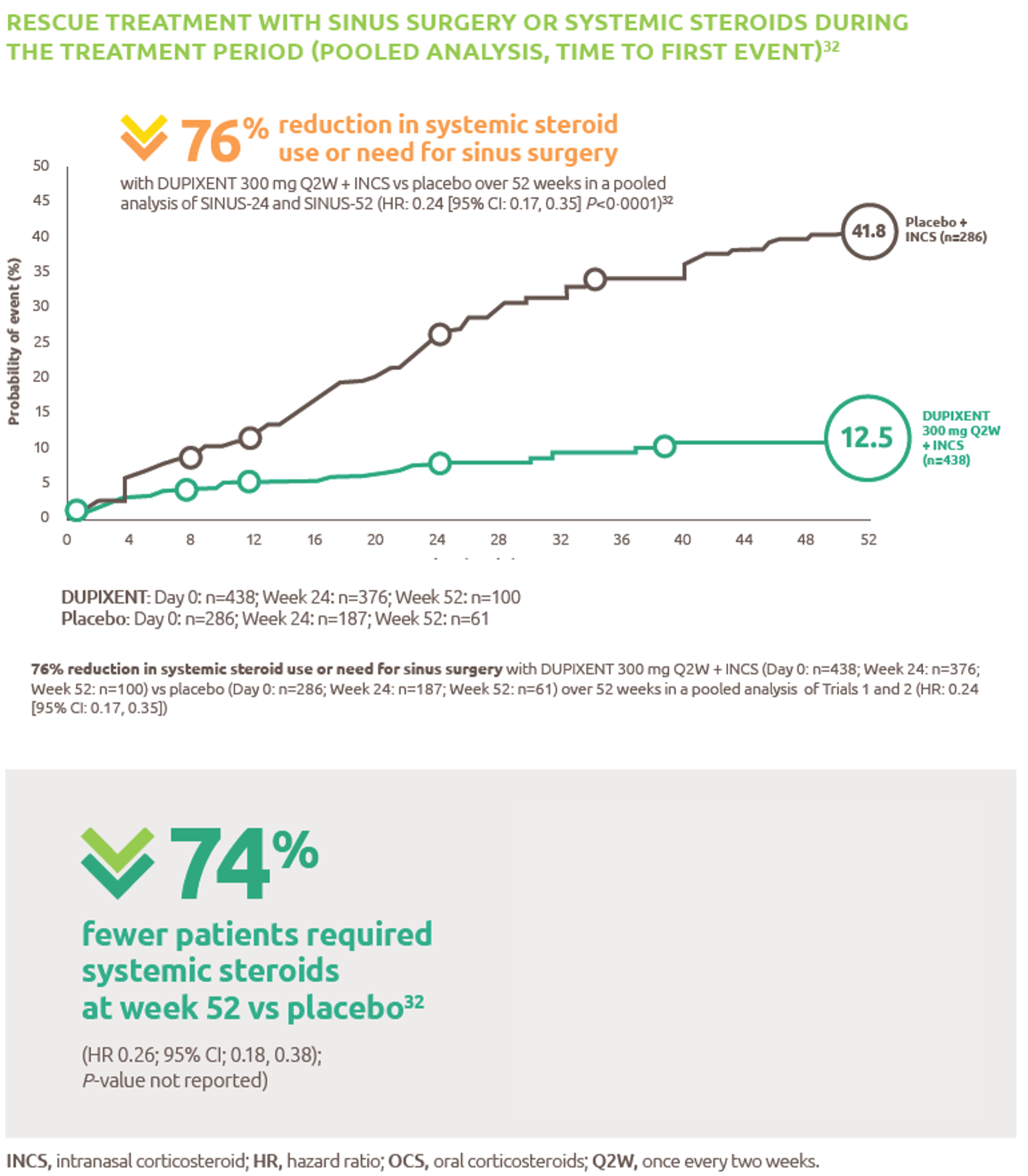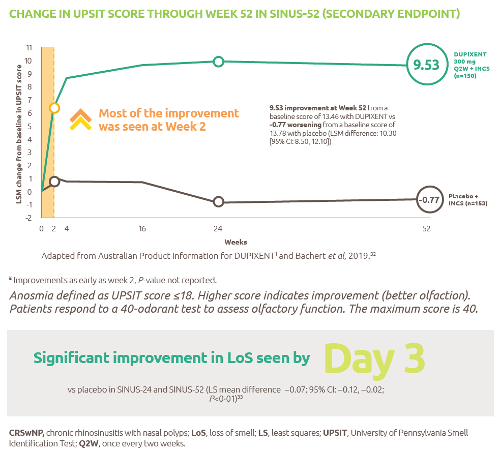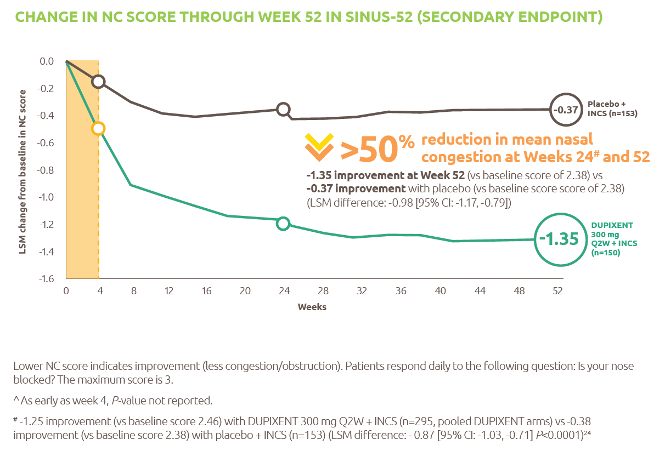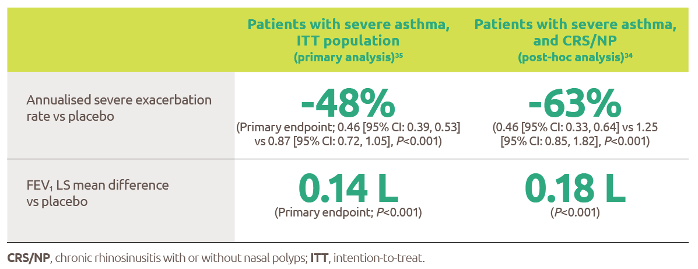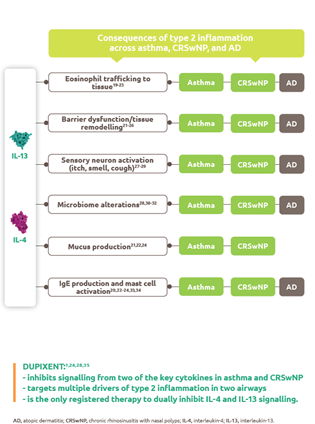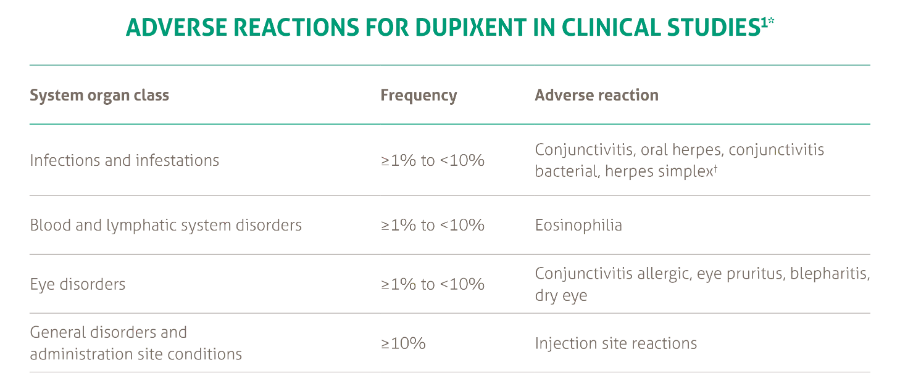
Poliomyelitis
Discover timely medical updates and key resources on preventing and controlling poliomyelitis – helping you stay informed and improve patient outcomes.
*Image is not an actual patient.
About poliomyelitis
The challenges of poliomyelitis
Polio, or poliomyelitis, is an acute illness following gastrointestinal infection by one of the three types of poliovirus. Transmission is through faecal–oral and, occasionally, oral–oral spread. The infection may be clinically unapparent. If symptoms occur, they may include headache, gastrointestinal disturbance, malaise and stiffness of the neck and back, with or without paralysis.1
Don’t miss these key links
Signs and symptoms
Most infected people (90%) have no symptoms or very mild symptoms and the infections usually go unrecognized.3 In others, initial symptoms include fever, fatigue, headache, nausea, vomiting, stiffness in the neck and pain in the limbs.1,3 Those who are asymptomatic shed the virus in their stools and therefore can transmit the infection to others, especially in areas with poor hygiene and sanitation systems.3
In rare cases (in less than 1% of polio infections), the virus invades and damages or completely destroys the motor neurons of anterior horn cells of the spinal cord and brain stem. This form, known as paralytic polio, is the most severe and typical manifestation of poliomyelitis.4 Most patients with polio infection recover completely, however among those paralysed, the case-fatality rate is 2–5% in children and 15–30% in adults.1,4 Paralysis or weakness that persists a year after onset is usually permanent. In those who appear to recover, post-polio syndrome, (a complex of neuromuscular symptoms) can develop 15 or more years after the acute illness.4
Virology
Poliovirus is a member of the enterovirus subgroup, family Picornaviridae. Enteroviruses are transient inhabitants of the gastrointestinal tract. There are three poliovirus serotypes (Type 1, 2, and 3) with minimal heterotypic immunity between the three serotypes.1,5 The poliovirus is rapidly inactivated by heat, formaldehyde, chlorine, and ultraviolet light.5
The virus enters through the mouth, multiplies in the pharynx and gut and is excreted in stools for several weeks. The virus invades local lymphoid tissue, enters the bloodstream and may then infect and replicate in cells of the central nervous system.1
Diagnosis
Poliovirus can be detected in specimens from stools, less likely from throat and only rarely from cerebrospinal fluid (CSF) or blood. If poliovirus is isolated, reverse transcriptase polymerase chain reaction (RT-PCR) and genomic sequencing are used to determine the serotype (i.e., Type 1, 2, or 3), and whether the virus is a wild, vaccine (Sabin), or VDPV strain.5
Prevention
Polio can be prevented through immunisation.6 The development of effective vaccines to prevent paralytic polio was one of the major medical breakthroughs of the 20th century. There are two types of vaccine that can prevent polio: inactivated poliovirus vaccine (IPV) and oral poliovirus vaccine (OPV). The inactivated poliovirus vaccine (IPV) is used in Australia and replaced the OPV in 2005. It contains antigens against each of the poliovirus types 1, 2 and 3. The advantage of using IPV is that it cannot cause vaccine-associated paralytic poliomyelitis (VAPP).4 OPV is still used throughout much of the world, particularly in developing nations.8
Vaccination coverage for polio in Australia is generally high. Though it does vary widely by geographic area, age group and Indigenous status.4 In 2020/2021, all states and territories had vaccination coverage of greater than 94% for all children at 12 months of age and at least 91% at 2 years of age.7
Epidemiology
Polio cases have decreased by over 99% since 1988, from an estimated 350 000 cases globally then, to 33 reported cases in 2018.2 As a result of the global effort to eradicate the disease, through an intensified Global Polio Eradication Initiative by the World Health Organization (WHO), more than 18 million people have been saved from paralysis.2
In 1994, the WHO regions of America were certified to be free of polio, followed by the WHO Western Pacific region in 2000, the WHO European region in 2002 and the Southeast Asia region in 2014.2 Polio remains endemic in two countries – Afghanistan, and Pakistan.2,5
Polio has been a notifiable disease in Australia since 1922. The highest recorded incidence of polio in the country (39.1 per 100,000 population) was in 1938. A dramatic decline in polio notifications was seen after the introduction of routine vaccination with IPV in 1956, with the last polio epidemic in 1961–1962.4 The most recent laboratory-confirmed case of wild poliomyelitis in Australia occurred in 2007 in an overseas-born student who acquired the disease during a visit to Pakistan.1 In October 2000, Australia together with the other 36 countries in the Western Pacific Region was declared ‘polio-free’ by the WHO.4
Treatment
There is no cure for polio, only treatment to alleviate the symptoms. Heat and physical therapy is used to stimulate the muscles and antispasmodic drugs are given to relax the muscles. While this can improve mobility, it cannot reverse permanent polio paralysis.3
Featured content

Register to receive full access (Healthcare Professionals Only)
Are you a registered healthcare professional?
Register in less than a minute to access the latest updates and resources to support your practice and help deliver better outcomes for your patients.
Can’t find what you’re looking for?
Search our extensive Content Library
- The Australian Immunisation Handbook, 10th ed, Australian Govt. Department of health. https://immunisationhandbook.health.gov.au/vaccine-preventable-diseases/poliomyelitis Last update: 20 September 2019. Date accessed: October 2021.
- Poliomyelitis. World Health Organization Fact sheet. http://www.who.int/news-room/fact-sheets/detail/poliomyelitis. Updated 22 July 2019. Accessed October 2021.
- Poliomyelitis. Health Topics. World Health Organization. https://www.who.int/health-topics/poliomyelitis. Accessed October 2021.
- Poliomyelitis Fact Sheet for Australians. National Centre for Immunisation, Research and Surveillance. http://www.ncirs.org.au/sites/default/files/2018-12/polio-fact-sheet_February-2016.pdf Date accessed: October 2021.
- The Pink book. Poliomyelitis. Centers for Disease Control and Prevention. https://www.cdc.gov/vaccines/pubs/pinkbook/polio.html Date accessed: October 2021.
- NSW Health. Poliomyelitis Fact Sheet. Last updated July 2012. https://www.health.nsw.gov.au/Infectious/factsheets/Pages/poliomyelitis.aspx Date accessed: October 2021.
- Australian Department of Health. Current coverage data tables for all children. Last updated 23 August 2021. https://www.health.gov.au/health-topics/immunisation/childhood-immunisation-coverage/current-coverage-data-tables-for-all-children#2-year-olds Date accessed: 20 October 2021.
- Modlin, JF et al. Immunization Against Poliomyelitis and the Challenges to Worldwide Poliomyelitis Eradication. Journal Infectious Disease. 2021:224(S4):S398-404
MAT-AU-2501357 - 1.0 - 07/2025















.webp/jcr:content/RESP-ICT2-Wark_400X300%20(1).webp)
.webp/jcr:content/RESP-ICT2-Stone_400X300%20(1).webp)
.webp/jcr:content/RESP-ICT2-Tellus_400X300%20(1).webp)


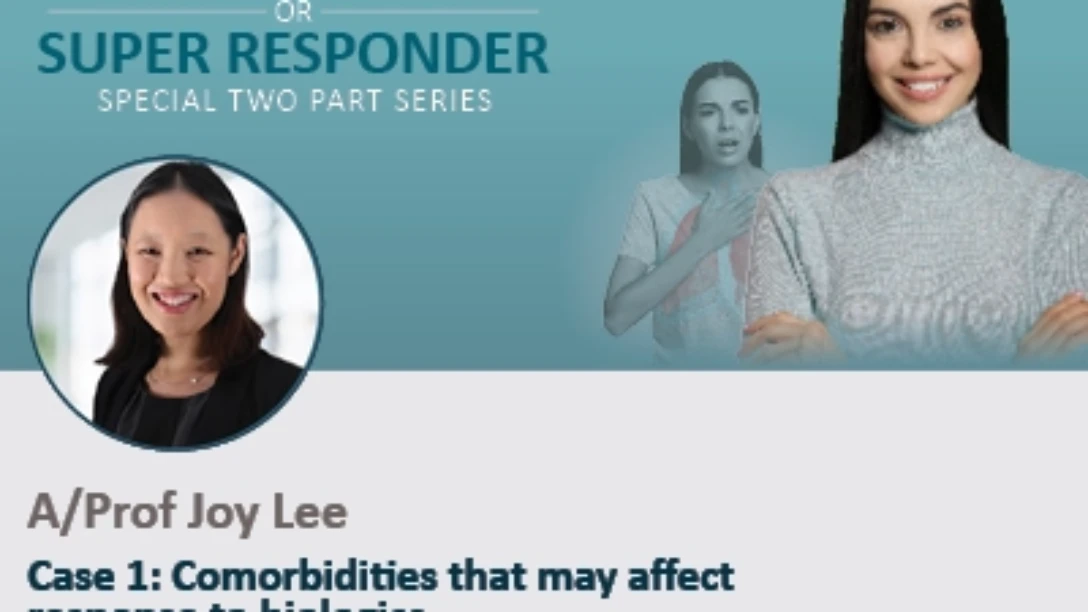
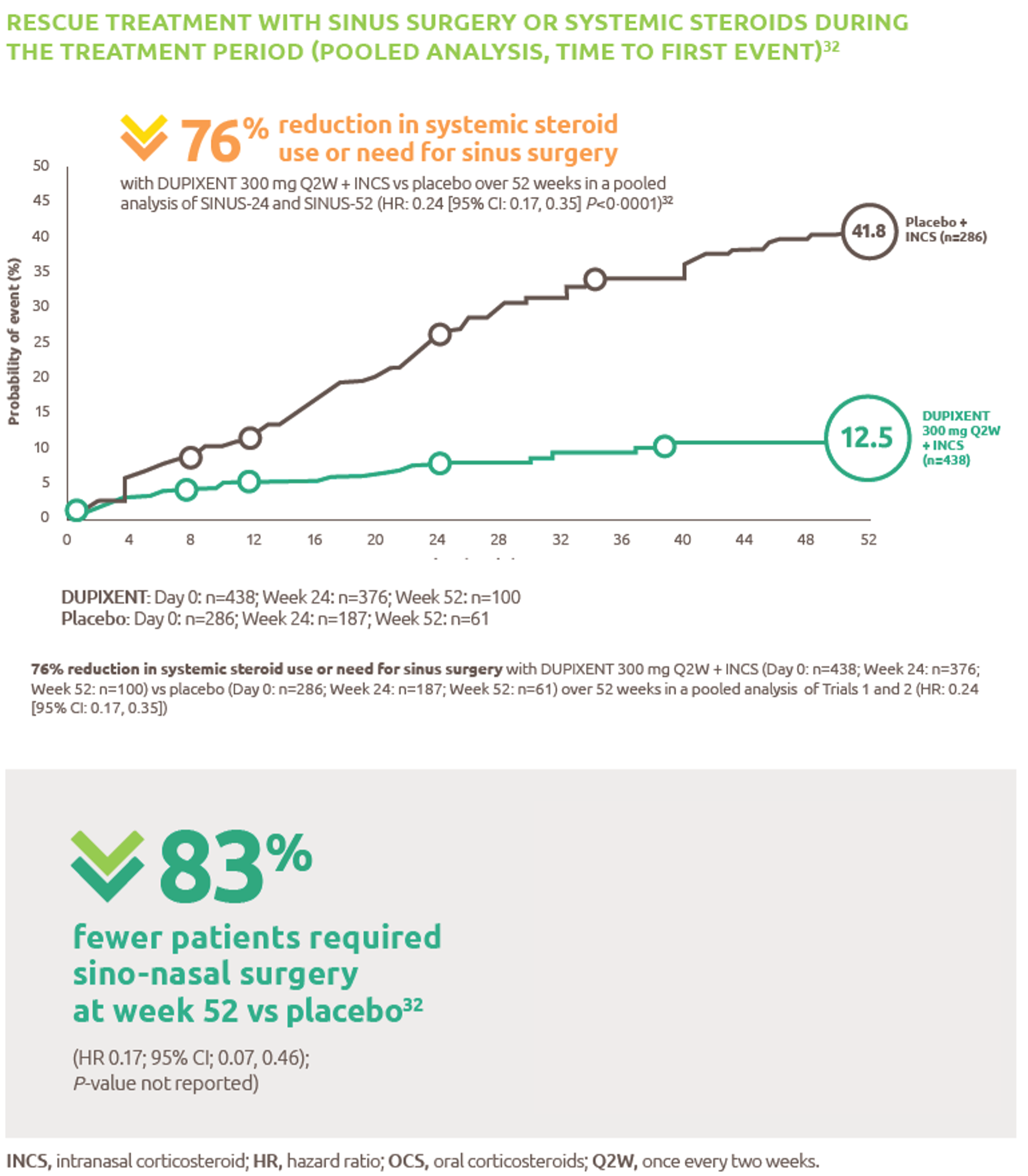

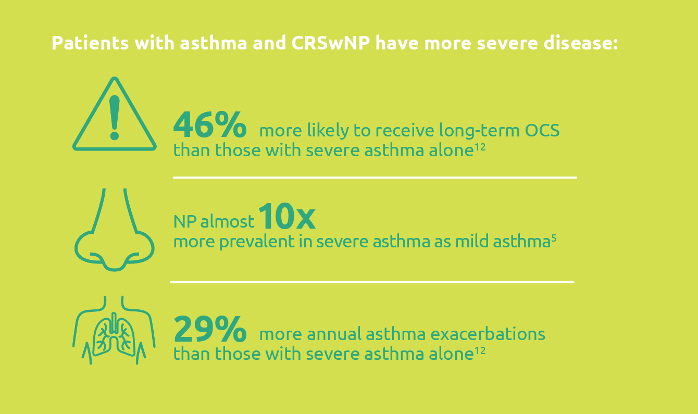.png)
